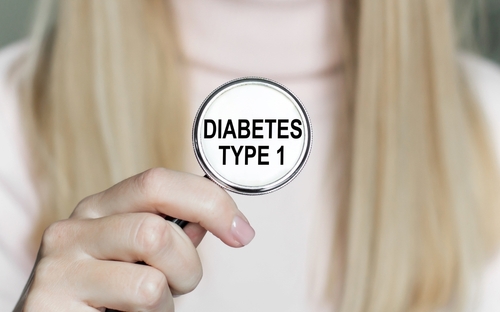
The use of inhaled insulin shows promise in treating patients with type 1 diabetes (T1D), according to findings from the INHALE-3 study. The results were presented as a symposium at the 84th Scientific Sessions of the American Diabetes Association in Orlando, Florida.
T1D impacts nearly 12% of the American population and millions of individuals globally, and it requires ongoing insulin therapy to manage blood glucose levels. Traditional insulin delivery, which involves multiple daily injections or automated insulin delivery systems, is the standard of care, but some patients need novel solutions for ease of use and to optimize glycemic management.
The randomized INHALE-3 trial comprised 123 adults with T1D who were divided into 2 groups: patients in one group were administered inhaled insulin (Afrezza) plus degludec insulin, and those in the second group continued usual care, which included automated insulin delivery systems. The study’s key end point was a change in HbA1c levels, while secondary end points included changes in time-in-range and hypoglycemia.
According to the results, more participants using the inhaled insulin regimen experienced changes in HbA1c levels compared with the usual care group. Specifically, the study showed that 21.0% of those on inhaled insulin saw an HbA1c improvement >0.5% compared with 5.0% of patients in the usual care group. Moreover, the researchers observed that among participants who had an HbA1c level ≥7% at the start of the study, 21% of those on inhaled insulin achieved the HbA1c goal of <7%. No patients in the usual care group achieved this goal.
“The INHALE-3 study’s findings will impact diabetes management by providing health care providers and patients with an alternative insulin delivery method,” said Irl B. Hirsch, MD, of the University of Washington and lead author of the study, via a press release. “These results will assist in better informing clinical decisions and tailoring treatment plans to individual patient needs, potentially improving adherence, patient satisfaction, and overall outcomes.”

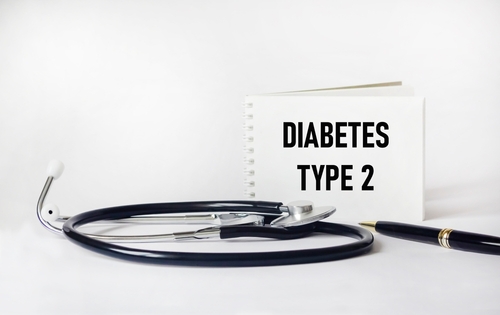
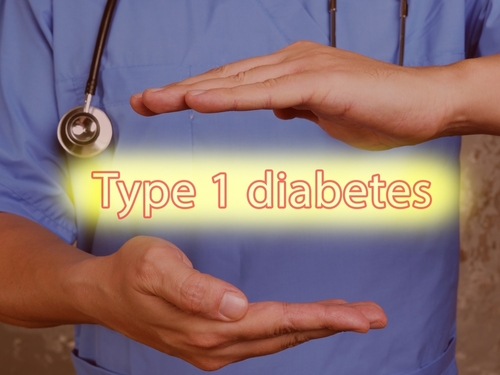
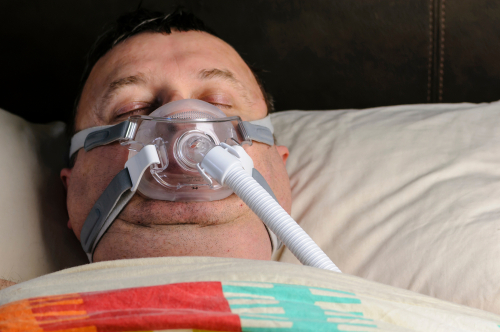
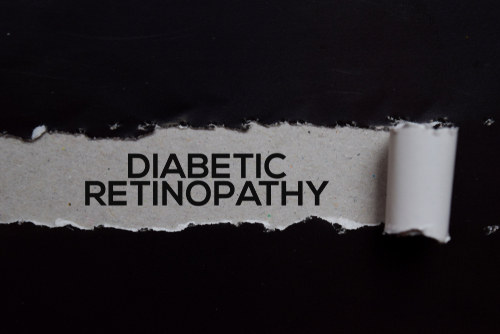
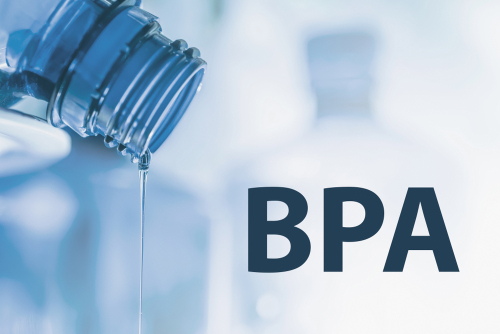

 © 2025 Mashup Media, LLC, a Formedics Property. All Rights Reserved.
© 2025 Mashup Media, LLC, a Formedics Property. All Rights Reserved.